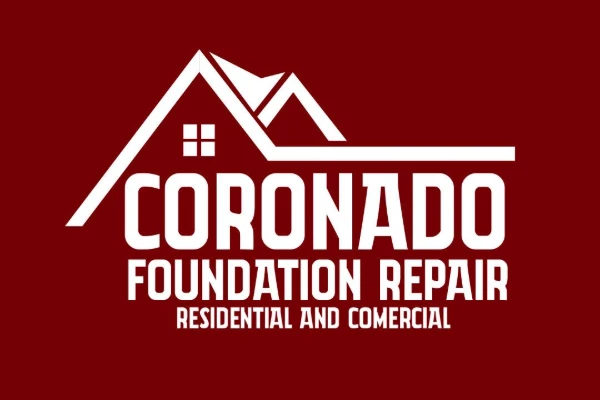Creating Effective Solutions for Challenging Terrain
Designing a retaining wall in a sloped landscape can be daunting. The uneven terrain presents unique challenges that require careful planning and execution. With the right approach, these walls not only enhance the beauty of your property but also provide essential support to manage soil erosion effectively. This guide will explore key strategies for designing retaining walls on slopes, ensuring you make informed decisions that balance aesthetics with functionality.
The Importance of Proper Drainage
One critical aspect of retaining wall design is drainage. Poor drainage can lead to wall failure due to pressure buildup from trapped water. To prevent this, consider using gravel backfill behind the wall to allow water to pass through easily. Adding perforated pipes at the base can direct water away efficiently. These strategies are vital during retaining wall installation as they help maintain the structure’s integrity over time.
Selecting the Right Materials
Choosing appropriate materials is crucial for long-lasting retaining walls. Concrete blocks, natural stone, and timber are popular options. Each material has different strengths and aesthetic qualities. For instance, concrete blocks offer durability and a modern look, while natural stone provides a rustic charm. When selecting materials for your retaining wall installation, factor in the local climate and environmental conditions.
Incorporating Terracing Techniques
Terracing is an effective method when dealing with steep slopes. By creating multiple smaller walls instead of one large wall, you distribute the load more evenly. This approach reduces potential stress on any single point of the structure. Terraces also create additional planting areas, enhancing both stability and visual appeal.
Understanding Local Regulations
Before embarking on your project, familiarize yourself with local building codes and regulations. Many regions have specific requirements concerning wall height and distance from property lines. Meeting these criteria ensures compliance and prevents legal issues later on. Consulting with local authorities or hiring professionals can save time and ensure everything is up to code.
Professional Installation Advantages
While DIY projects can be rewarding, professional installation offers significant benefits. Experts bring experience and knowledge, reducing the risk of common pitfalls. They also have access to specialized tools and equipment necessary for complex installations. Hiring professionals may increase upfront costs, but it often results in better quality and longevity.
Cost Considerations and Budgeting
Budgeting is an integral part of planning your retaining wall project. Costs vary based on material choice, wall size, labor rates, and site accessibility. It’s essential to obtain multiple quotes to understand market rates. While cheaper options might seem appealing initially, investing in quality materials and skilled labor can save money on future repairs and maintenance.
Your Path to Stunning Retaining Walls
Crafting stunning retaining walls on sloped landscapes requires strategic planning and expert execution. At Coronado Foundation Repair, we specialize in helping clients achieve their landscaping goals. Our team operates in Garland, TX and beyond, transforming challenging terrains into beautiful spaces. Contact us at (512) 620-6637 to discuss how we can assist with your next project.
